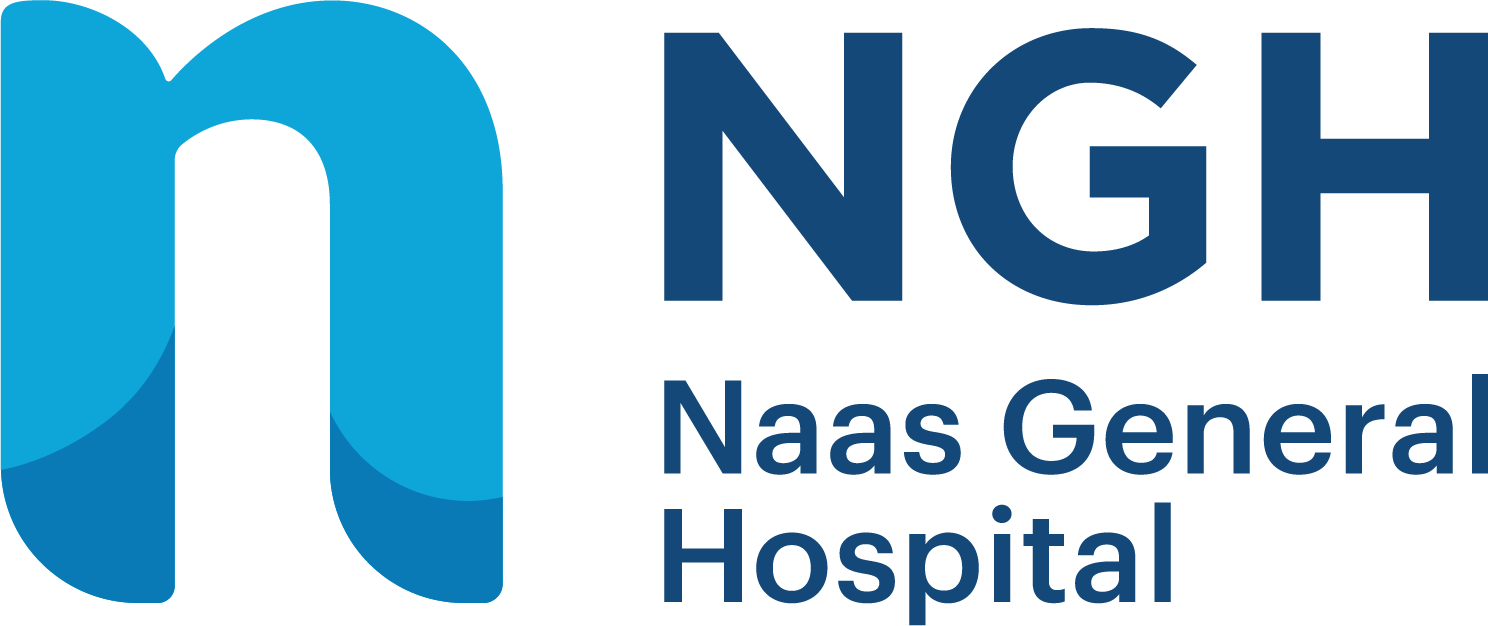What is Cardiac Rehabilitation?
Cardiac rehabilitation services provide post-cardiac event care and support for patients. This includes those who have had heart attacks, coronary artery bypass surgery, or stent placement. These programmes aim to improve cardiovascular health, reduce the risk of future events, and enhance quality of life.
Cardiac Rehabilitation Service at Naas General Hospital
We provide a cardiac rehabilitation service for inpatients, outpatients, and their families. Our department is made up of 2 Clinical Nurse Specialists and 1 Senior Physiotherapist. We work closely with multidisciplinary team including:
- Cardiology team
- Pharmacist
- Dietician
- Social worker
- Cardiac diagnostics
Together we provide a robust cardiac rehabilitation programme. We do this over three phases:
Phase I: This happens when the patient is in hospital. It's the best time to start their heart health recovery programme. Patients get support and information about heart disease and how to manage their own health risks.
Phase II: This stage happens after a patient leaves hospital. We provide ongoing support through phone calls and outpatient appointments. The aim is to build on from phase 1. We give advice based on your own health risks and encourage healthy habits.
Phase III: This is a comprehensive education and exercise programme which includes:
- One hour of exercise, 2 days per week over a 7 week programme
- Warm-up, aerobic exercises and resistance using various equipment, and a cool-down.
- Education sessions including safe exercise, nutrition, medication management, and stress management.
Cardiac rehabilitation is essential for recovery. It helps patients improve self-esteem, build confidence, and connect with others. Many find the programme enjoyable and supportive as they navigate their health journey.


-
Mon-Fri9 a.m. – 5 p.m.
